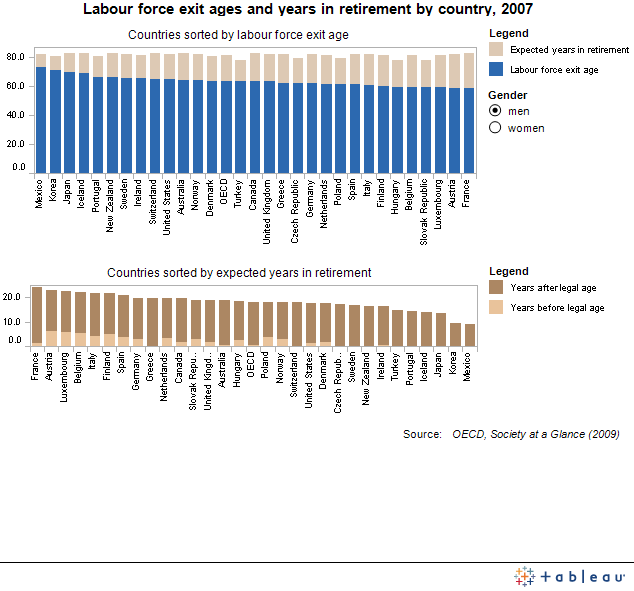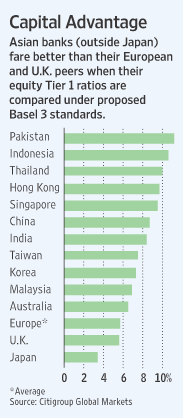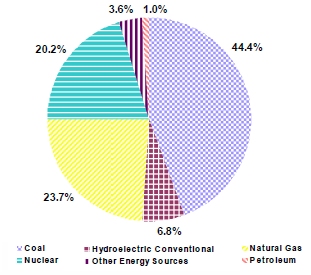Tomorrow civil service workers in Greece plan to go on strike protesting the government’s pension reforms. A recent article in the NY times discussed the current situation in Greece.
From a BBC article titled Greece plans to ban early retirement:
“Greece’s government intends to raise the national pension age and ban early retirement as it tries to tackle its huge budget deficit.
The socialist government said it wanted to increase the average retirement age from 61 to 63 by 2015.
The steps would be part of a series of austerity measures aimed at curbing the country’s deficit and national debt.
But the moves have angered many of the unions, which have scheduled strikes in protest.”
According to OECD data, the average legal retirement age in OECD countries is 64. However in Greece it is as low as just 58. This is another reason why Greece is in turmoil now and the government is raising the retirement age. Millions of Greek workers retire early and receive fat pensions.In some countries like Norway and Iceland the retirement age can be as high as 67. Recently Spain inceased the retirement age from 65 to 67.
The graph below shows the “labour force exit age – i.e., the actual average age when people stop working – is often higher or lower than the official retirement age” in OECD countries:
Click to enlarge
In Austria the average man exists the workforce at age 59 a full 6 years ahead of official retirement age.



